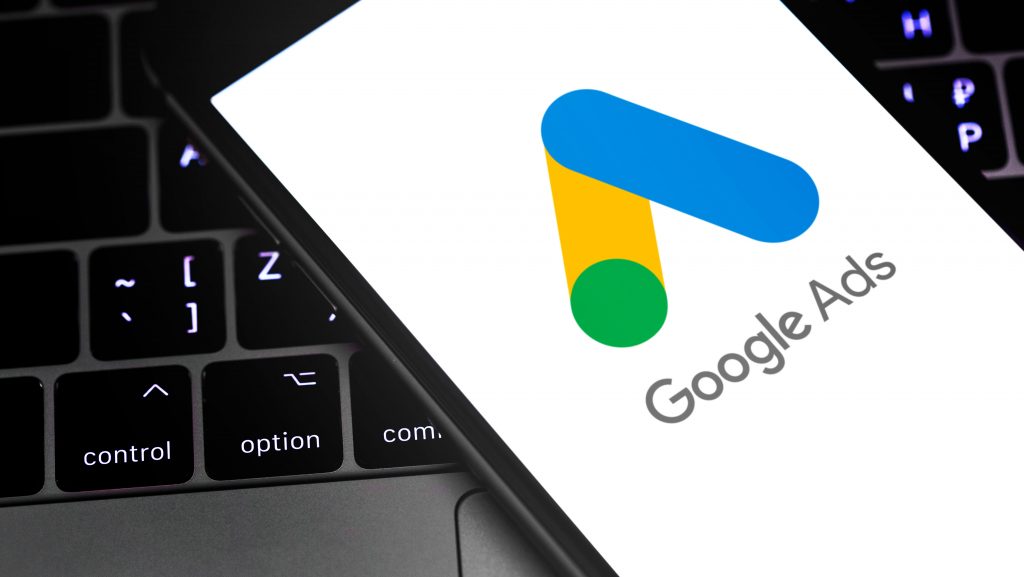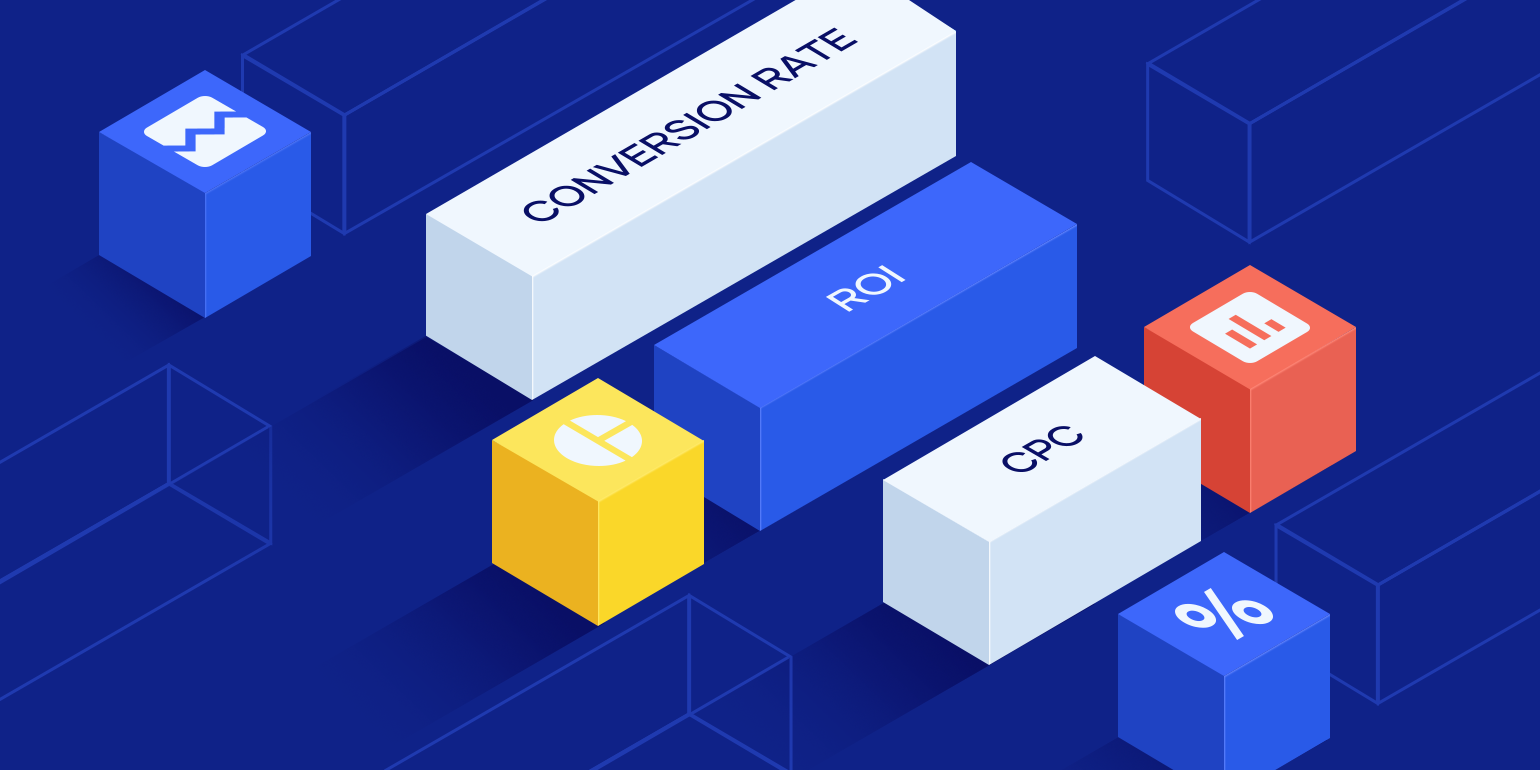In today’s fast-paced digital world, advertising has evolved, and businesses now rely heavily on digital advertising strategies to reach their target audiences. Whether it’s through social media, Google Ads, or display banners, understanding how your ads perform is crucial for maximizing ROI. Digital advertising offers a wealth of opportunities, but only if you know how to measure its effectiveness. Without the right metrics, businesses risk wasting budgets on underperforming ads. In this article, we’ll explore the key metrics you should track to measure the effectiveness of your digital ads and ensure your marketing strategy is working efficiently.
Why Tracking Digital Ad Metrics is Essential
Digital ads can be a powerful tool for driving traffic, conversions, and customer engagement. However, to determine whether your campaigns are successful, you need to track and analyze the data generated by your ads. Without measuring the right metrics, it’s impossible to know if your efforts are paying off.

Tracking digital ad effectiveness allows businesses to:
- Optimize Campaign Performance: By monitoring metrics in real-time, businesses can make adjustments to their ads, targeting, and bidding strategies to improve outcomes.
- Maximize ROI: Understanding which ads are driving conversions helps businesses allocate their budgets to the most effective campaigns.
- Improve Audience Targeting: By analyzing customer behavior and engagement, businesses can refine their audience targeting to reach the right people with the right message.
Key Metrics for Measuring Digital Ad Effectiveness
1. Click-Through Rate (CTR)
Click-Through Rate (CTR) is one of the most basic yet essential metrics to measure ad effectiveness. It tells you the percentage of people who clicked on your ad after seeing it. CTR is calculated by dividing the number of clicks by the number of impressions and multiplying by 100.
A high CTR indicates that your ad is engaging and relevant to your target audience. On the other hand, a low CTR could mean that your ad’s design, messaging, or targeting isn’t resonating with potential customers.
Why it matters: A high CTR can lead to better ad placement, lower costs per click, and improved Quality Score in platforms like Google Ads.
2. Conversion Rate (CVR)
The conversion rate is the percentage of users who clicked on your ad and completed a desired action, such as filling out a form, signing up for a newsletter, or making a purchase. This is a critical metric for determining whether your ad is driving meaningful results beyond just attracting clicks.
To calculate CVR, divide the number of conversions by the number of visitors and multiply by 100. For example, if you received 100 clicks and 10 conversions, your conversion rate would be 10%.
Why it matters: Conversion rates reflect the true effectiveness of your ads in terms of driving actions that benefit your business. A low CVR could indicate that your landing page or offer needs improvement.
3. Cost Per Click (CPC)
Cost Per Click (CPC) measures how much you’re paying each time someone clicks on your ad. CPC is calculated by dividing the total cost of the ad campaign by the number of clicks generated.
Why it matters: CPC is a fundamental metric for assessing the efficiency of your ad spend. Lower CPC means you’re getting more clicks for your money, which is critical for maximizing your advertising budget.
A high CPC can indicate that you need to refine your targeting or bidding strategy to reduce costs and achieve better results within your budget.
4. Cost Per Acquisition (CPA)
Cost Per Acquisition (CPA) tracks the cost of acquiring a customer through your ad campaigns. It is calculated by dividing the total ad spend by the number of conversions (customers) generated. This metric is essential for evaluating the profitability of your ads.
For example, if you spent $500 on a campaign and acquired 25 customers, your CPA would be $20.
Why it matters: CPA helps you assess how much it costs to gain a customer. If the CPA exceeds the value of the customer, you may need to optimize your ad campaigns to lower costs and increase profitability.
5. Return on Ad Spend (ROAS)
Return on Ad Spend (ROAS) is the ratio of revenue generated from your ad campaign to the amount spent on it. This metric helps businesses understand the financial return from their ad investments. It’s calculated by dividing the total revenue generated from the campaign by the ad spend.
For instance, if you spent $1,000 on ads and earned $4,000 in revenue, your ROAS would be 4:1.
Why it matters: ROAS is a crucial metric for measuring the profitability of your campaigns. A high ROAS means you’re making a significant return on your ad spend, while a low ROAS indicates that adjustments are needed.
6. Impressions
Impressions refer to the total number of times your ad is shown to a user, regardless of whether they click on it. While impressions alone don’t provide insight into the effectiveness of an ad, they’re important for understanding the reach and visibility of your campaign.
Why it matters: Impressions give you an idea of how many people have been exposed to your ad, which can be helpful in gauging brand awareness and overall ad exposure.
However, a high number of impressions without a corresponding increase in clicks or conversions can indicate that your ad needs to be more engaging or better targeted.
7. Engagement Rate
Engagement rate tracks how users interact with your ad. This includes likes, shares, comments, and other actions taken by users in response to your ad. Engagement rate is calculated by dividing the total interactions by the number of impressions or clicks.
Why it matters: A high engagement rate shows that your audience is interacting with your ad and finding it valuable. Engagement can also help boost the visibility of your ad, especially on social media platforms where algorithms prioritize engaging content.
8. Bounce Rate
Bounce rate refers to the percentage of users who land on your landing page and leave without taking any further action. A high bounce rate may indicate that your landing page is not relevant, engaging, or optimized for the user’s needs.
Why it matters: A high bounce rate can negatively impact the effectiveness of your ads and campaigns. Improving the landing page experience by ensuring relevance, speed, and clear calls-to-action can help reduce bounce rates and improve conversions.
9. Lifetime Value (LTV)
Lifetime Value (LTV) estimates the total revenue that a customer will generate during their relationship with your business. It’s important for understanding the long-term value of acquiring customers through your ad campaigns.
Why it matters: LTV helps you determine how much you should spend on acquiring customers. If your LTV is higher than your CPA, your campaigns are likely generating long-term profits, making them more sustainable.
10. Quality Score (Google Ads)
Quality Score is a metric used by Google Ads to measure the relevance of your ads, keywords, and landing pages. It’s calculated based on several factors, including CTR, landing page experience, and ad relevance.

Why it matters: A higher Quality Score leads to lower CPCs and better ad placements. By optimizing your ad copy, targeting, and landing pages, you can improve your Quality Score and reduce overall advertising costs.
Conclusion
Measuring the effectiveness of digital advertising campaigns is essential for businesses looking to optimize their marketing efforts and maximize ROI. By tracking key metrics such as CTR, conversion rates, CPC, CPA, and ROAS, businesses can gain valuable insights into what’s working and where improvements are needed. Additionally, metrics like bounce rate, engagement rate, and lifetime value help ensure that digital ads contribute to long-term customer relationships and sustainable growth.
To truly succeed in digital advertising, it’s crucial to continuously monitor these metrics, adjust strategies, and test new approaches. With the right metrics in place, businesses can make data-driven decisions that lead to improved campaign performance, reduced costs, and enhanced customer experiences.

Leave a Reply